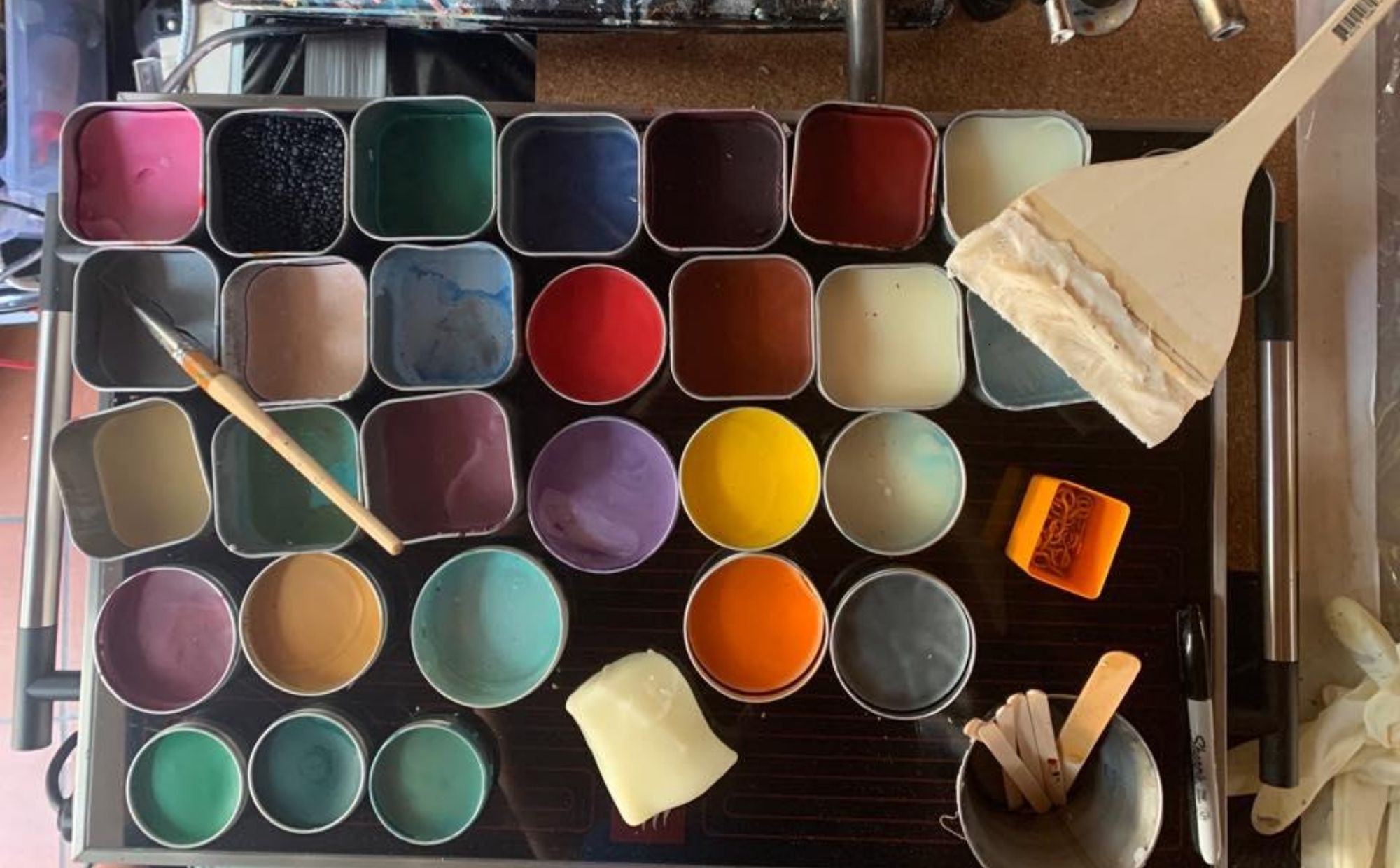Encaustic Painting

Encaustic Painting: one of the most fascinating and ancient artistic techniques
Encaustic painting is one of the most captivating and ancient artistic techniques, dating back to the Greco-Roman era. This method involves the use of pigments mixed with beeswax, which are then applied to a heated surface. Let’s explore the various aspects of this encaustic technique, from its origins to its modern developments.
History of Encaustic Painting
Encaustic painting has very ancient origins and was used by artists such as the Greek painter Apelles and in the creation of Egyptian funerary portraits. In the 18th century, a well-known figure associated with the technique was the French painter Jean-Baptiste-Siméon Chardin.
Over the centuries, its popularity declined, but recently it has experienced a significant revival thanks to contemporary artists like Jasper Johns, Diego Rivera, and Michael David, who have rediscovered its vast potential.
The Encaustic Technique: Step-by-Step Process
The encaustic technique requires precision and care. Here are the main steps involved in creating an encaustic artwork:
-
Preparing the Surface: Choose an appropriate surface, such as wood or canvas, and prepare it with a gesso primer.
-
Mixing the Pigments: Pigments must be mixed with beeswax and natural dammar resin, then heated to achieve the right consistency.
-
Painting: Apply the mixture to the heated surface using tools like brushes or spatulas to create textures and details.
-
Shading and Layering: You can overlap color layers to achieve depth and luminosity effects.
-
Fixing: Once the work is completed, it must be cooled to set the colors.
Materials Needed for Encaustic Painting
Essential materials for encaustic painting include:
-
Beeswax
-
Dammar resin
-
Powdered pigments
-
Specific encaustic brushes
-
Electric plate or controlled heat source
-
Canvas or wood primed with gesso
Where to Buy Encaustic Materials
Encaustic materials can be purchased at specialized fine art supply stores or online.
Pre-made beeswax color blocks are also available on the market.
Personally, I prefer to create all my mixtures from scratch, allowing me to obtain a wider variety of higher-quality materials, which result in artworks of greater visual impact and value.
Encaustic in Contemporary Art
In contemporary encaustic art, artists explore new expressive possibilities by combining encaustic with other artistic techniques. The versatility of encaustic allows for experimentation with innovative forms, making each artwork truly unique.
My personal research in this area has led me to an interesting fusion between encaustic and lettering inspired by neo-pop art. You can explore some examples in the mixed media section of my website.
Why Choose Encaustic Painting?
Choosing encaustic painting means embracing a millennia-old tradition that continues to inspire modern artists.
With its rich textures and vibrant colors, encaustic offers endless creative possibilities. Begin your journey into the fascinating world of encaustic painting today and enrich your home with unique and precious works of art!